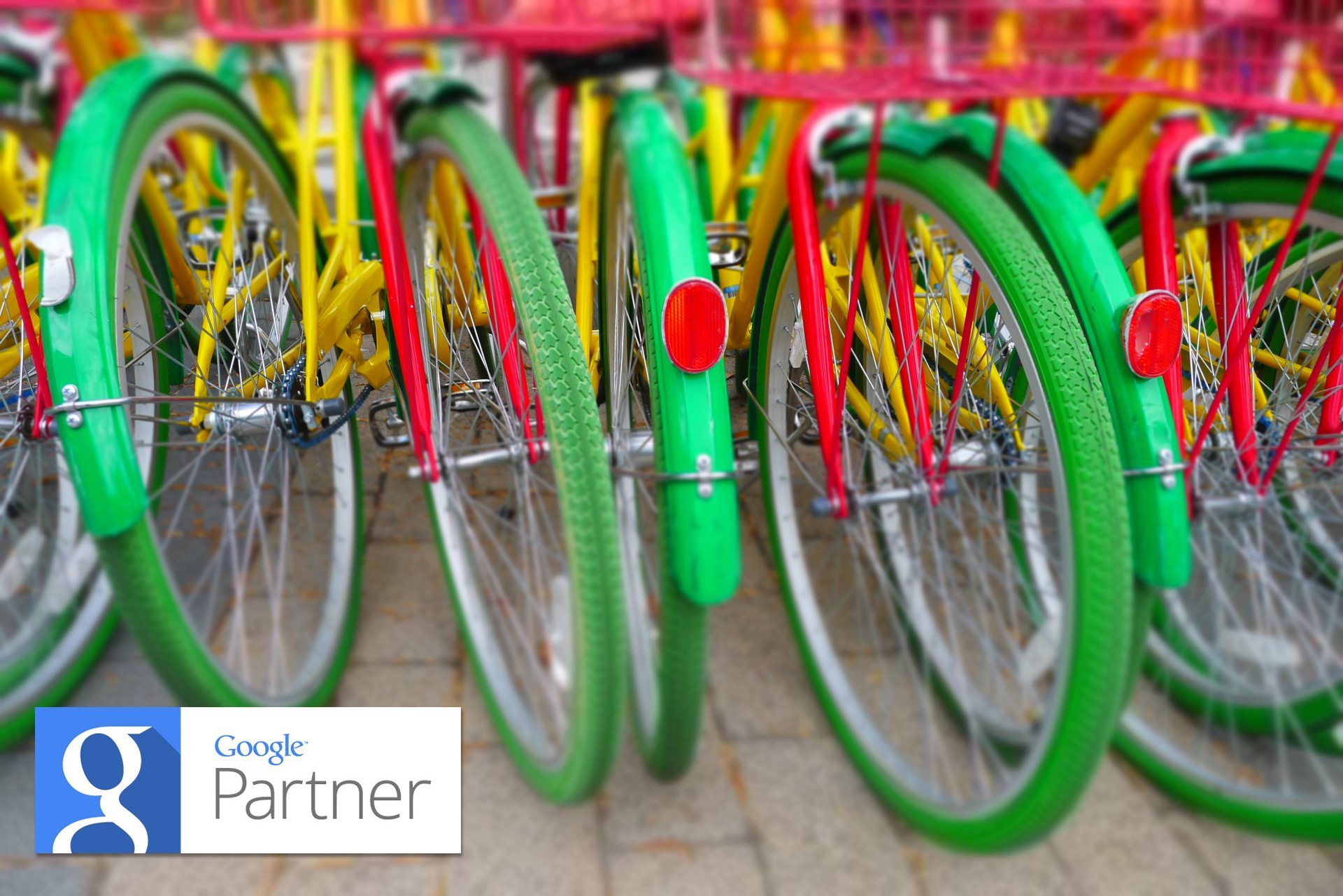You should already be running multiple ads for each of your ad groups, but are you running mobile versions of each ad too?
A mobile ad gets priority in the ad auction when someone is searching on their phone. If Google has 2 similar ads, but one is mobile, they are going to show the mobile ad.
The big benefit here is:
- a boost to your CTR (in most cases)
- a higher quality score
- which in turn brings you lower bids.
Here’s an example of the type of CTR difference you might expect from a mobile ad (CTR is the % on the right).
Although we have hidden the ad text (for the privacy of the customer), you can see what a difference a mobile ad makes. The mobile ad has a CTR of 2.61%, while the identical non-mobile ad has a CTR of 1.56%.
Now obviously you can’t just make mobile ads exclusively (they won’t show to desktops or laptops, which is still a very sizable portion of the market), but you should still run them whenever you can.
You don’t even have to change the ad text to reap the benefits! The ad above used the exact same ad text!
If you want though, you couuuuld change that ad text to be customized for a mobile offer. For example, maybe you give 10% off to mobile visitors only – you could do this with the mobile ad! I think this was probably the primary purpose that Google invented a mobile ad for. It’s only really necessary to change the text in special circumstances though.
So how do you insert mobile ads into your workflow?
Give your regular ads a few tests to find some winning ad variations. Once you have some decently optimized ads, then duplicate the winners into mobile ads.
You can keep testing all your ads together from here, but testing your regular ads first is more efficient because adding in mobile ad = more work, so it’s best to have a good variation running before increasing your workload.






